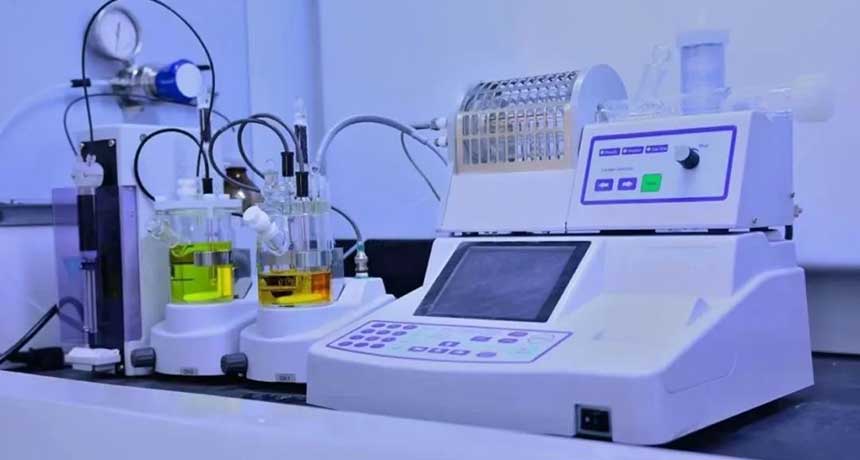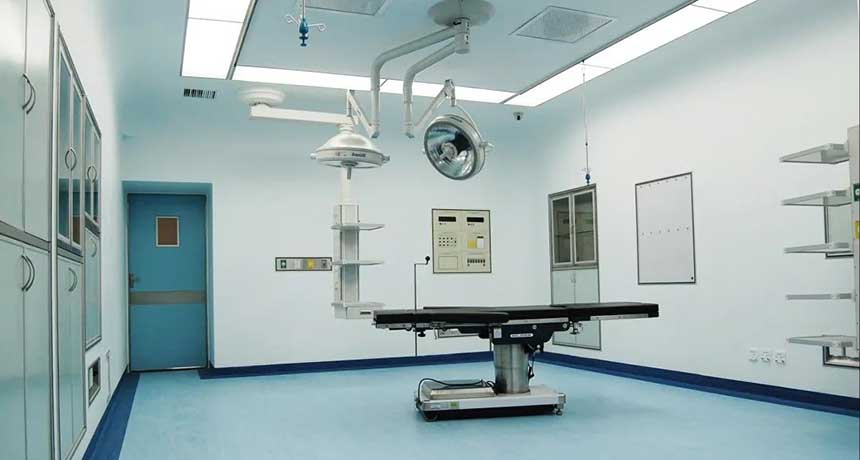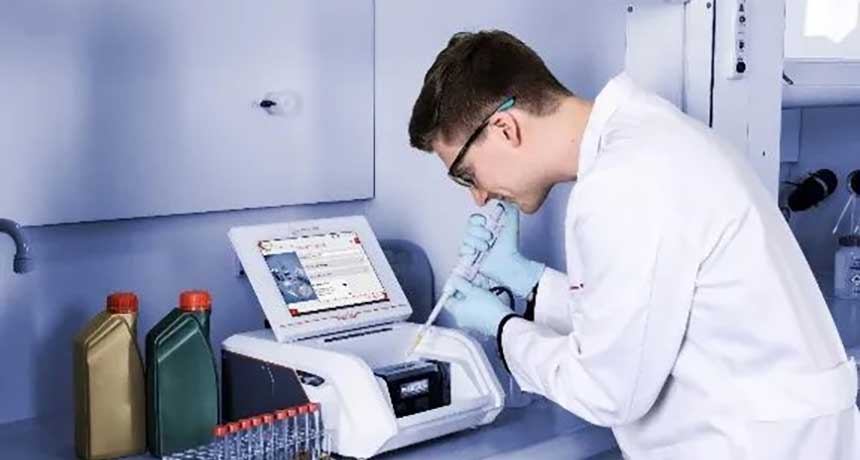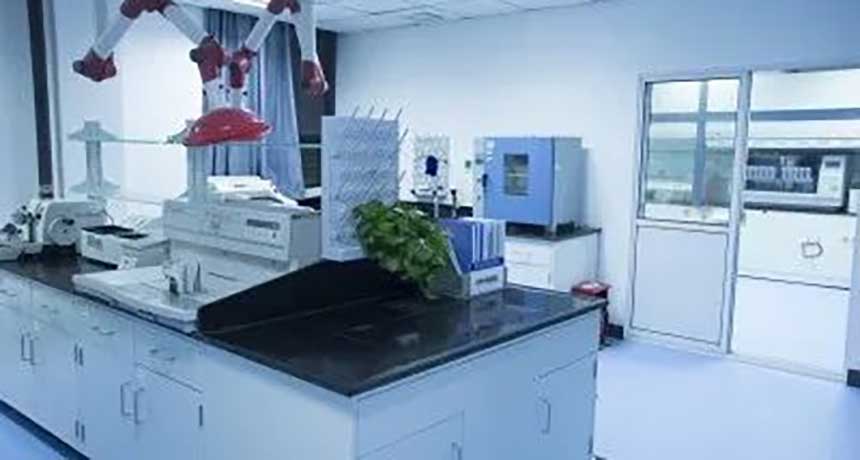Anesthesia machines play a vital role in the operating room, ensuring that patients receive safe and accurate anesthesia during surgery. However, to ensure the normal operation of the anesthesia machine, regular inspection and maintenance are required. This article will discuss the daily inspection and maintenance methods of the anesthesia machine to ensure the smooth progress of the surgical process and the safety of the patient.
1. Safety inspection of anesthesia machine
Safety check before use
From a medical safety perspective, safety inspections should be carried out before anesthesia machines are used to avoid accidents. Generally speaking, before using an anesthesia machine, conventional equipment such as respiratory path oxygen analyzer and carbon dioxide concentration detection should be carefully checked to see whether the functions of these equipment are normal. In addition, the anesthesia vaporizer and anesthetic fluid need to be carefully inspected, especially the circulation loop test, oxygen concentration test, and low-pressure system leakage test.
Safety check after use
Since the safety of the anesthesia machine is not foolproof, its design, quality, operation, use and other issues as well as the loading and unloading of the anesthesia machine are relatively complex, so various problems will arise. Examples include postoperative cardiac arrest of patients and bacterial contamination of anesthesia machines. If the anesthesia machine used by the patient cannot completely eliminate safety hazards, then once the anesthesia machine used by the patient is contaminated with bacteria, it will be a threat to the health of the patient after general anesthesia.
2. Common faults and maintenance methods of anesthesia machines
Air leakage problem
There are many types of medical anesthesia machines, and many hospital anesthesia machines use rising bellows. The skin bag in the bellows of this kind of anesthesia machine has fallen to a certain extent, and air leakage problems will occur at the same time. In other words, the bellows of the anesthesia machine can never return to the top after inflating. It means there is a leak. The detection method is to adjust the machine to manual mode and short-circuit it to the patient's air inlet and outlet; seal the skin bag interface tightly, and then continuously inflate oxygen to a certain value; observe the airway pressure gauge. If there is no problem with the anesthesia machine, then the pointer will They can't always fall together. If this is not the case, there may be an air leak problem. After solving the air leakage problem manually, connect the patient's pipeline to the air inlet and outlet, connect the simulated lung, and then turn on the machine to check whether there is any air leakage problem during machine control. If all components of the machine control path are normal, there may be a problem with the air box. If the bellows bag is leaking, the maintenance personnel should check whether there are any cracks in the folds of the bag. If there are any, the bag can be replaced or the cracks can be repaired; secondly, if the connection between the bag and the bellows is tight It is not ideal. Maintenance personnel can make reasonable adjustments to the position of the sealing ring; thirdly, in northern areas or in winter, the skin bag cannot be in the normal position when the anesthesia machine is controlled. It may be because the elasticity of the skin bag is affected by the cold air, causing the skin bag to blister. In warm water, the time is about 10 minutes.
Sensor problems and repairs
In the past, there was a problem of tidal volume error (outputting tidal volume and monitoring tidal volume) that was difficult to solve during the use of anesthesia machines. However, current flow compensation technology can solve this problem very well. Anesthesia machines in many hospitals use differential pressure flow sensors.
device. This sensor has two pressure measuring tube connections (A, B), a retaining piece and a memory chip. If the air flows between the two pressure measuring tube connections, the static pressure, dynamic pressure and flow rate of the sensor can be controlled according to different flow directions. If there is no air leakage problem in the anesthesia machine, monitor the tidal volume, and the error between the set tidal volume exceeds 10%, which means there is a problem with the flow monitoring of the anesthesia machine. Maintenance personnel should press the adjustment knob until it enters maintenance mode when servicing the standard flow plate. Specifically, remove the flow sensor and press the start button. If it is calibrated, it means there is a problem with the flow sensor. Otherwise, there is a problem inside the anesthesia machine.
To solve the problem of the flow sensor of the anesthesia machine, you should first check whether there are water droplets on the plastic sheet in the middle of the sensor. If there are any, just remove them. If the malfunction still exists, carefully observe the water accumulation in the pressure tester. If there is any, use a syringe to suck out the water and dry the sensor. If there is a degumming problem at the sensor port, you only need to glue the degummed part and it can be used. After the maintenance personnel solved the problems of air leakage in the anesthesia machine and water accumulation in the pressure measuring pipe, the flow value of the flow sensor still had a large error, or the sensor only displayed "?", then the problem may lie in the chip. Check to see if the chip is damaged, and replace it if it is.
Anesthesia machine consumes high gas
Some anesthesia machines consume a lot of gas when used, and may even cause anesthetic leakage. If there is no flow alarm, you can adjust the high-speed flow switch or add some suction platforms. If you feel that the anesthetic is leaking, you should recheck the flow switch, usually open 1.2L/min, or connect the material pipe to the outside from the exhaust pipe behind the ventilator.
The tidal volume output of the anesthesia ventilator is insufficient
In clinical general anesthesia operations, some anesthesiologists will always check the flow meter first if the tidal volume calculation is correct, but there is a problem with the display of the monitor, or the patient's lungs cannot expand and the ventilation is not good enough. However, due to the anesthesia machine being used for a long time, there will be water accumulation in the anesthesia ventilator and the circuit connecting pipe, and the resistance caused by the water will also cause this kind of malfunction, which will affect the clinical use effect.
Routine inspection and maintenance of the anesthesia machine is an indispensable part of the operating room work, which is directly related to the smooth progress of the operation and the safety of the patient. Medical institutions should establish a sound anesthesia machine maintenance system to ensure that each anesthesia machine can be cleaned, inspected and maintained in a timely manner. Only through scientific and standardized operation and maintenance can the stability and reliability of the anesthesia machine be ensured and safe and efficient anesthesia services be provided for patients.






